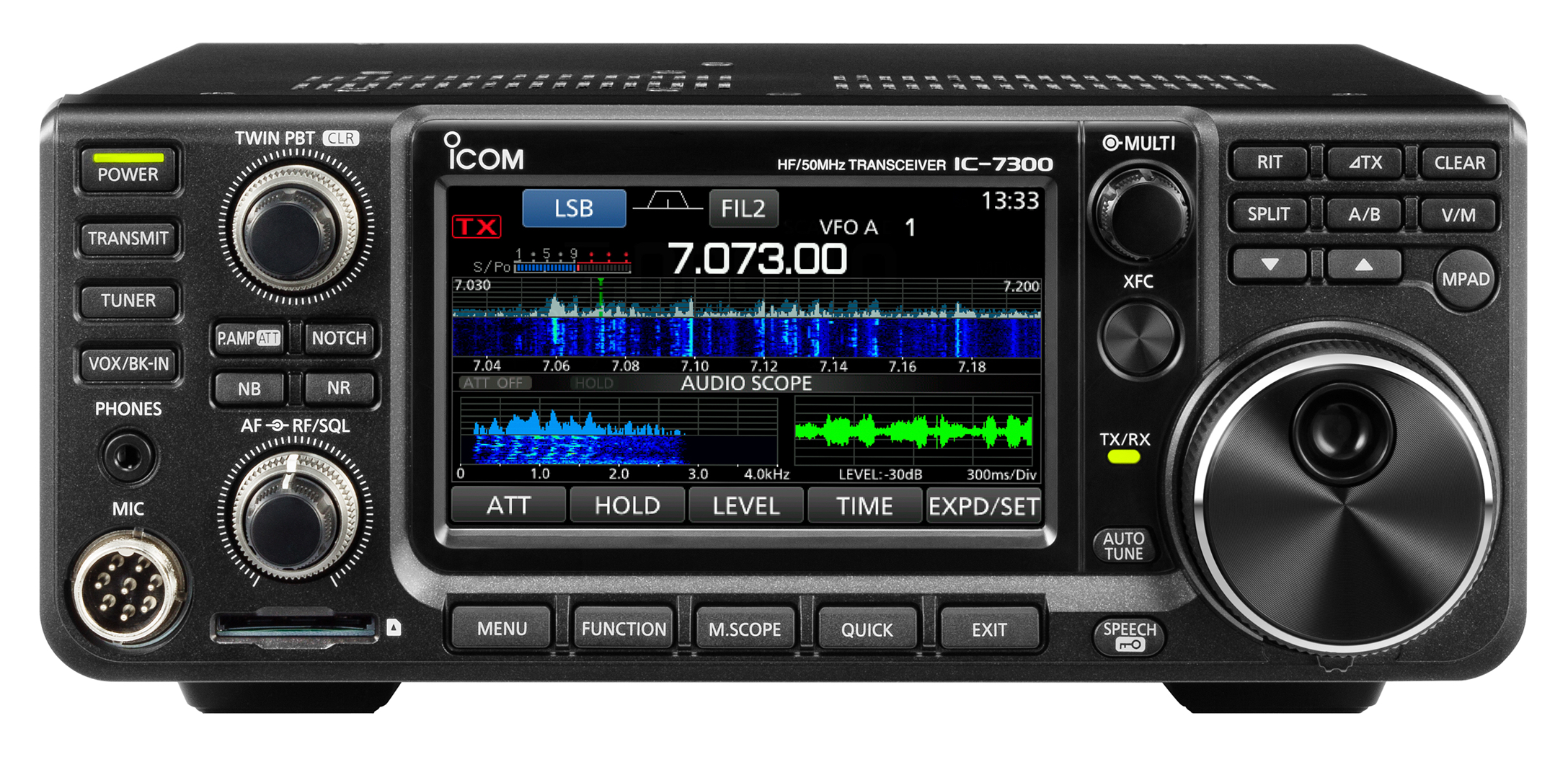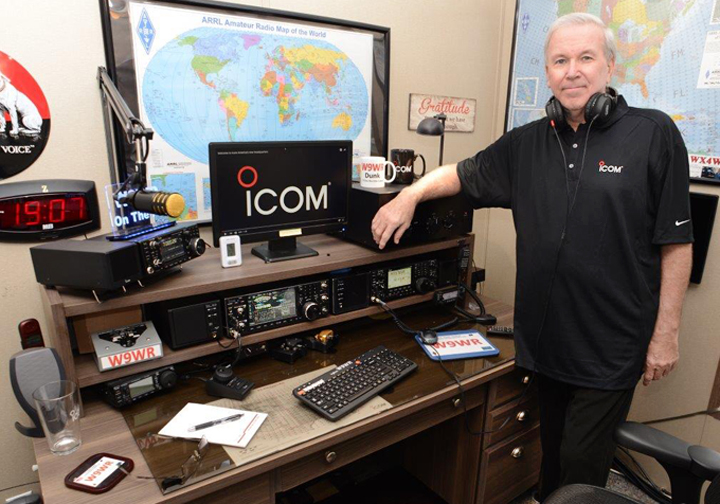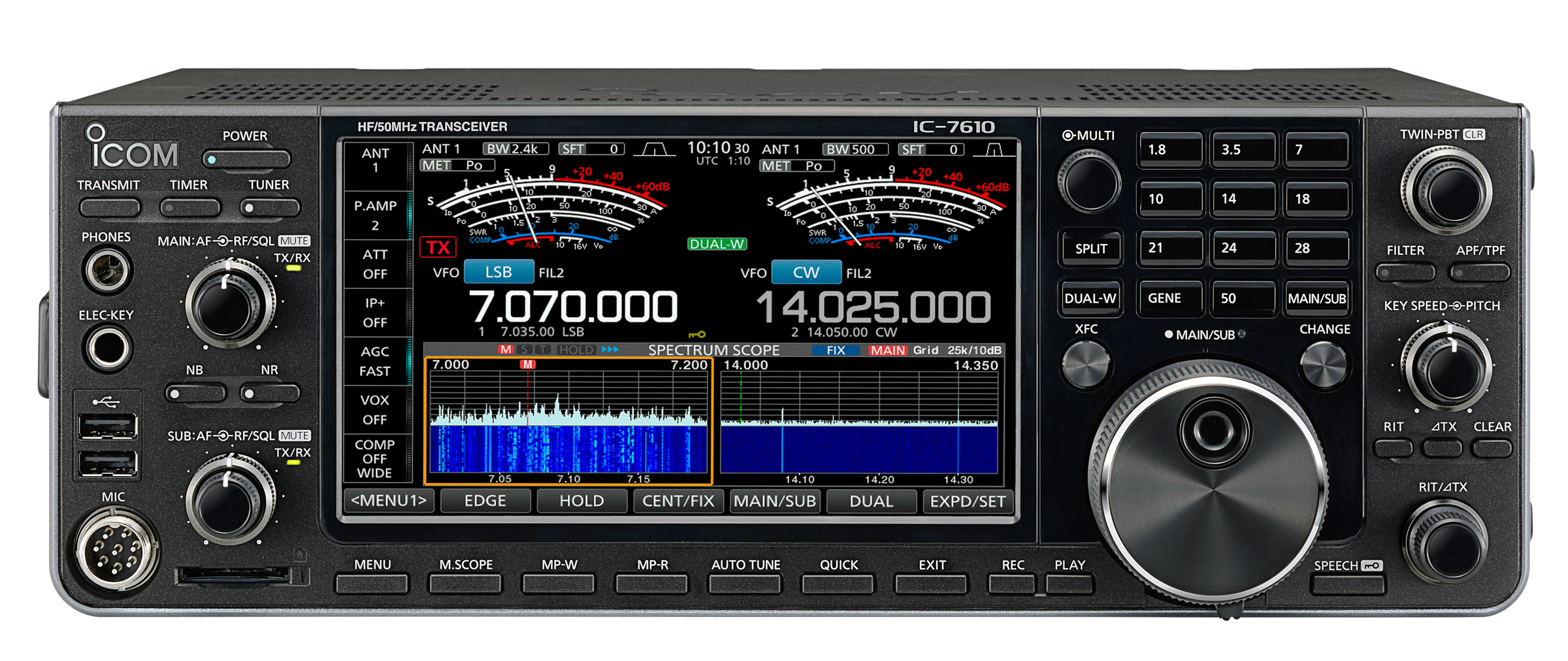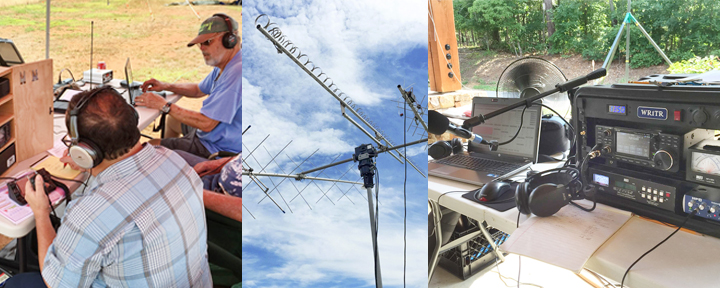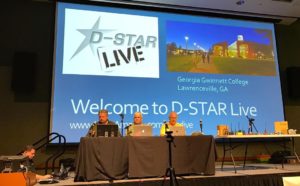Ding. The sound rang through the house. I was up in the kitchen, my shift for the day having come and gone, but the small sound from downstairs could have been a gunshot for the immediate effect it had. All conversation stopped and every set of eyes in the room snapped over to the small computer monitor glowing in the corner. The screen showed the combined logs for the weekend and the top line showed highlighted text. The small ding, the source of our excitement, was from one of a set of call bells, like what you might find at the front desk of a hotel, placed at each of the six stations downstairs, poised to be struck each time a new multiplier entered the log.


